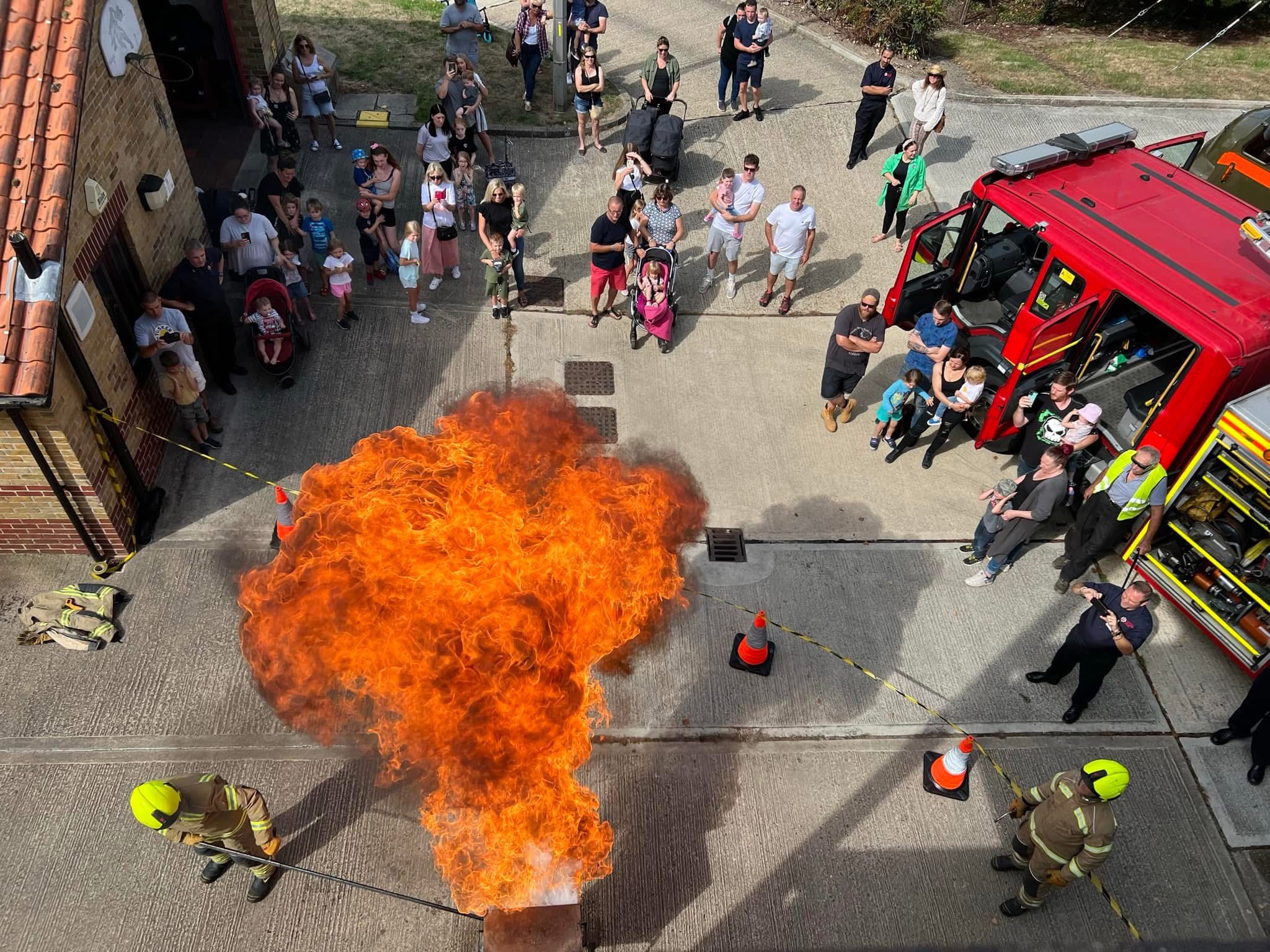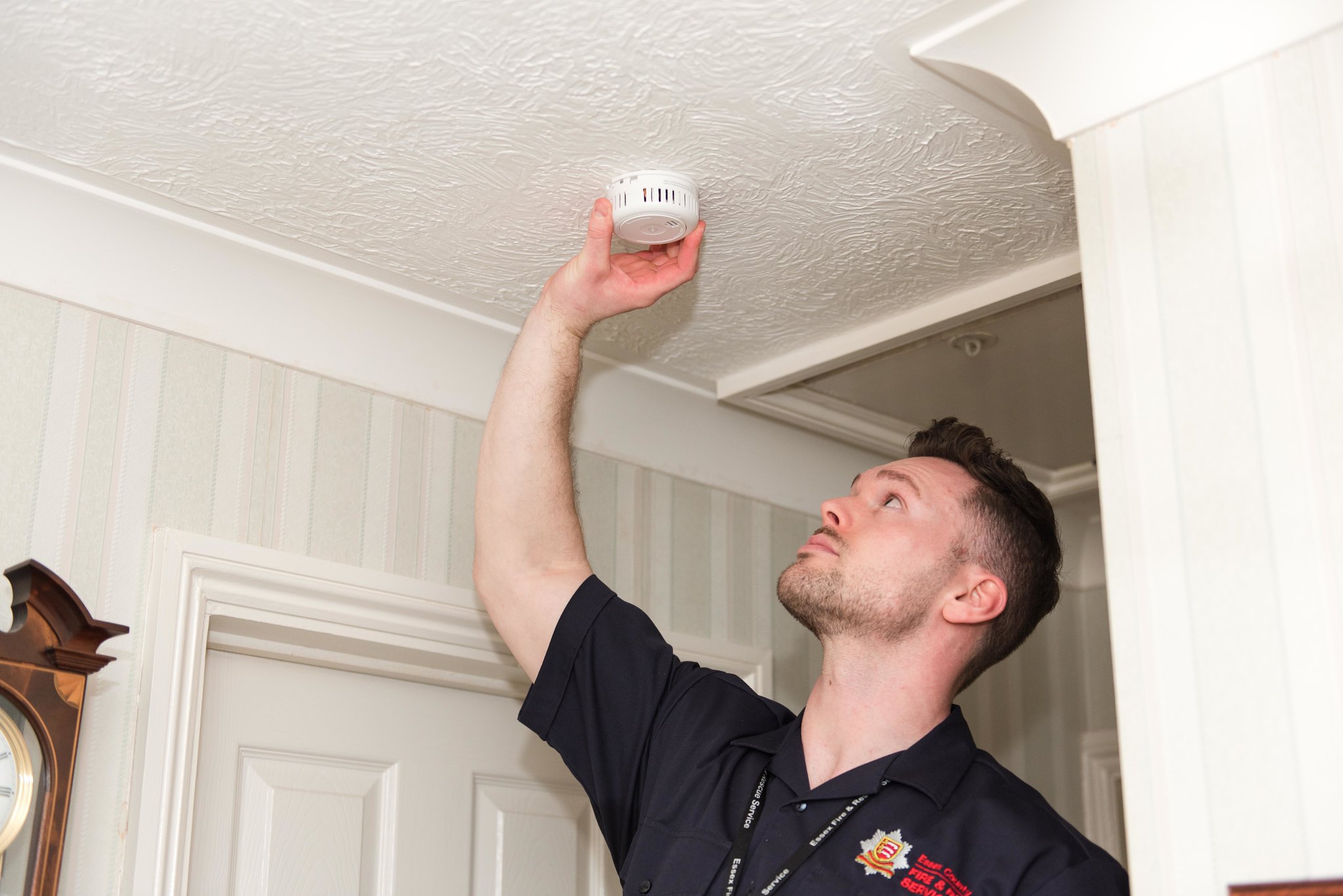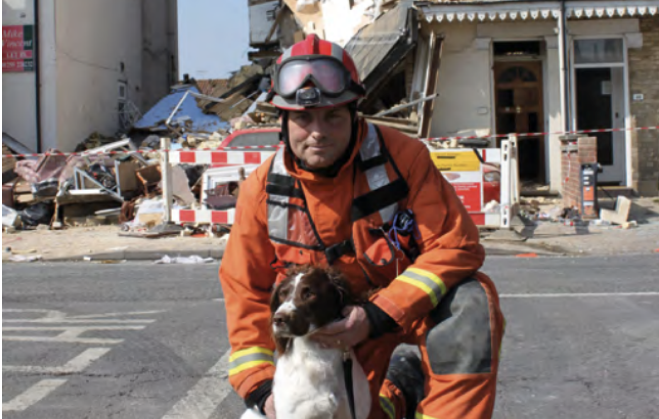A Century of Women in Essex Fire Services
Snapping the Stiletto 100 Years of Change
Sparks of Inclusion; A Century of Women in Essex Fire Services
The Essex Fire Museum archive reveals the contributions made by women.
Women have always stepped in to prevent and control fires. This has happened most when men have been away. For much of history, women’s involvement has been unofficial and largely unrecorded. This is true for Essex.
The First World War was the first time British civilians experienced aerial bombing. The bombs caused fires. Women were doing war-work in industries where there was a particular risk of fire. We know that some women had responsibility for fire precautions and control in factories and small communities.
There is only sketchy evidence for women in the over 30 Essex brigades that existed at that time. Many of these local brigades were staffed by volunteers. After the War ended, the brigades were exclusively male.
There were bigger changes when another World War seemed likely. The 1937 Air Precautions Act led to the creation of the Auxiliary Fire Service (AFS) in 1938 as part of the Civil Defence Service. Every borough and urban district had an AFS which supplemented the work of local brigades. AFS divisions ran new fire stations in schools, garages and businesses. Members were unpaid part-time volunteers who could be called-up for full-time paid service if needed.
The 1938 Fire Brigade Act made fire protection the responsibility of local authorities and divided the UK into 12 regional sections. The next year, the Fire Brigade Union (FBU) approved the existing policy that women could join the AFS.
Essex Fire Museum
Some firemen feared that taking on women would push down men’s pay. Negative stereotypes about women’s capacity and ability to do ‘men’s work’ were common. During the Second World War, the Ministry of Labour printed a Fire Service Employment booklet entitled ‘A Man’s Job’.
The Chief Fire Officer for Leyton, E M Hall, firmly refused to recruit women to Leyton AFS. “Women would be more trouble than they are worth round here,” he said. “They might brighten up the atmosphere and make the place look pretty, but that’s about all the good they would do... If we tried to mix a handful of blondes with the 200 men members of my AFS unit, it would upset the whole show, besides taking the men’s minds off their work.” Nevertheless, 3 months after this was covered in the FBU’s national magazine, 6,000 women had joined the AFS nationwide. War was declared a month later in September 1939.
Most AFS women were stationed in urban areas especially London. Some of these areas were then part of Essex. Women were not expected to fight fires or to be in the open during air raid alerts. Instead, they were intended to perform dispatch, administrative, communications and catering tasks. Irene Bedford (later Eaton) from Southend was inspired by her uncle’s early membership of the AFS. She joined the fire service in 1942 as a telephonist and then a clerk.
AFS women were given enough basic training to be able to deal with fires in fire stations when the men were not there. The Barnes Fire Brigade, London also trained a 100 women as driver/pump operators before the outbreak of war. They were replaced by men following a Home Office directive. There is no evidence that women were given operational training in Essex, although there are anecdotal references to women joining male colleagues in putting out fires.
There are noteworthy examples of British firewomen performing spontaneous acts of bravery to support fire crews. Gillian Tanner was given the George Medal for delivering petrol to fire pumps through the ‘black-out’ during London air raids. We lack evidence, but Essex firewomen may have taken part in such dangerous work.
‘Hocky’ Hockett.
‘Hocky’ Hockett (later Lazell) left her job as a book-keeper to train at Hornchurch Fire Station in 1940. She then served for 18 months at B Division HQ Central Dorin Court, Grays where she was promoted to Leading Firewoman. In 1941 the National Fire Service (NFS) was formed which absorbed the AFS. By then, 20,000 women had signed-up to the fire services. This figure more than doubled over the next year.
‘Hocky’ Hockett reluctantly moved to NFS Sub-division Control 4 at Stanford Le Hope, before happily marrying the Station Officer. She was promoted to Company Officer and then to Assistant Group Officer. For most women though, advancement was limited.
As noted by former West Ham Chief Fire Officer, Cyril Demarne, the contribution of ‘Our Girls’ was and has not been fully acknowledged. Fire service work was long, hard, tiring, in poor conditions, low and unequally paid between auxiliaries and regulars, unfairly rewarded, and with limited sick pay. The FBU launched the 1941 Fireman’s Charter campaign. This led to some improvements. Firewomen still had lower pay, inferior injury compensation, did not receive a replacement uniform, and were often discharged if they became pregnant.
‘Hocky’ Hockett became Leading firewoman at Grays.
In 1943 a special FBU conference was held to represent it’s 8,200 women members. It produced a similar charter aimed at tackling the inequalities faced by firewomen.
Home Office attentions were elsewhere. ‘Hocky’ Hockett recalls a number of women from the Midlands joining her station in 1944. There are also accounts of firewomen coming to Essex from Leicestershire and Hertfordshire. This could have been part of the secret ‘Operation Colour
Scheme’. This involved moving 11,000 fire personnel and over 1,200 appliances to southern England to support the Normandy Landings.
The NFS began shedding staff, especially women, when an Allied victory looked certain. Irene Bedford was discharged in December 1945. For a time, ‘Hocky’ Hockett was responsible for Welfare and Mobilising. She continued to serve in fire control rooms at Thameshaven, Laindon, Wickford and Billericay.
There was a need for a new fire service structure after the War. In 1948, the NFS became county-based and the number of fire brigades was reduced to 157. Essex had 1 brigade with 66 stations.
Throughout the 1950s and 1960s, Essex firewomen largely fulfilled non-operational duties. The 1972 Equal Pay Act addressed some equalities in relation to their male counterparts. The 1975 Sex Discrimination Act appears to have had no immediate effect on women being recruited to firefighting posts.
In 1986, just 0.06% of the national firefighting force was female. This had risen to 2% by 2006. By comparison, 97% control room staff, 55% support staff and 1% retained staff were women. In 2004, Southend had two women firefighters.
Control staff went on strike in 2015 against a radically changed shift pattern. By making it harder for carers to work, the change was seen as affecting women more than men. Arguably, sex discrimination was persisting.
In the UK today, 81% women fire staff work in control rooms, 51% are support staff, 1% are retained staff, and 6% are firefighters. The latter, gender-neutral term is now standard in the Essex Fire Service. It has a non-discriminatory recruitment process.
Despite the small pool of female firefighters, the Chief Fire Officer for Essex County Fire and Rescue Service, Jo Turton, is a woman. So too is Dany Cotton, the London Fire Brigade (LFB) Commissioner. The LFB covers parts of London that were historically Essex.
They are largely invisible in formal records but women have underpinned the work of male firefighters from at least the 1930s. Women have probably seen more operational service than they have been given credit for. A few Essex firewomen have been publicly recognised for their contribution, while a tiny number have risen to senior positions. Helmets off to those who have and still blaze a trail.


